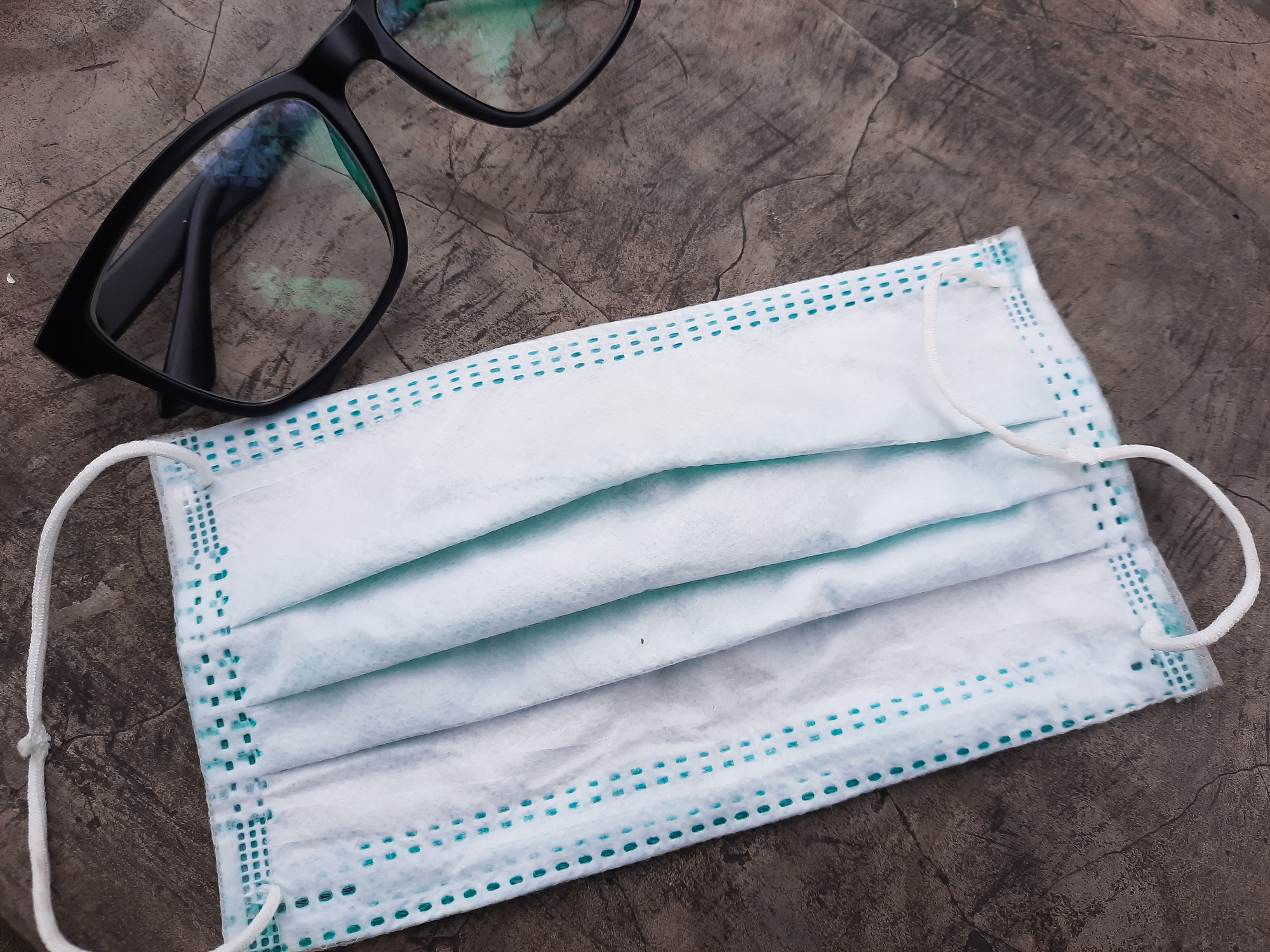Why our office spaces might not be as safe as we think
Throughout the COVID-19 pandemic, Victorians have become accustomed to the convenience of working from home – flexible working hours, the kettle and coffee nearby, and more time with the family.
The ability to take meetings during the morning walk, or getting a takeaway lunch from the local cafe has delivered a work-life balance that many workers appreciated during the darkest days of Australia’s pandemic response.
However, as tens of thousands of Victorians spruce up, pack their lunch, and return to the workplace for the first time in nearly 12 months, building safety and overall employee behaviour must be a priority for organisations to ensure the health and wellbeing of their staff.
The pivotal role of worker behaviour has risen further in the transition to sustainable buildings, as comfort expectations are increasing, along with the growing push towards higher energy efficiency and net zero emissions.
The code that binds
The National Construction Code (NCC) – a legally enforceable and technical document that sets the minimum acceptable standards for new building and construction work across Australia – binds builders and building owners to the responsibilities they hold in providing a safe work space.
The NCC outlines the requirements for ventilation, which is a key factor in maintaining a healthy building environment, good indoor air quality, and the best conditions.
Although the code wasn’t developed based on pandemic scenarios, the NCC prescribes the ventilation criteria that must be met by building designers in order to assure adequate indoor air quality.
For example, the committee set a minimum ventilation rate of 10 litres per second per person in many building types. This rate-based approach is not intended to address the concerns of airborne transmission diseases due to the limited scope of “adequate indoor air quality”.
The minimum acceptable contaminant limits that verify that the indoor air is of “adequate” quality are primarily developed based on the control of body odours, combustion products, and building material off-gases. The disease-causing agents are not listed in the pollutant control table.
Workers regularly tinker with their built components (such as windows, blinds and shades), service systems (lighting, and hot water), and appliances (fans, portable heaters, office facilities) to seek their own desired comfortable conditions. As a result, employee behaviour is often recognised as an important contributing factor to building energy and occupant comport.
Unfortunately, mould and dampness, and stagnant water in plumbing are among the common worries and concerns of reopening buildings after prolonged shutdown or reduced operation.
If air-conditioning filters haven’t been upgraded over the shutdown, organisational staff are at risk of contracting Legionnaires’ disease from airborne pathogens spreading through mist produced by the units.
Return-to-work COVID-safe plans can also overlook the importance of heat stress prevention, especially in some environments where employees must wear masks.
Heat burden heightens the risk
The additional heat burden associated with wearing masks, inadequate air conditioning owing to the changes in heating, ventilation and air conditioning (HVAC) required by COVID control, and increased physical activities due to extra workload and social distancing are contributing factors to the elevated heat risk.
Multiple international and domestic organisations, such as the World Health Organisation, Safe Work Australia and the Victorian government, provide guidelines for engineering and administrative controls to ensure people’s health and safety.
Upgrading air filters and increasing fresh air intake of HVAC systems were among the recommended actions to reduce potential for spread of airborne pathogens, limit potential for mould growth inside buildings, and keep workers safe.
But, the aforementioned actions could adversely impact the indoor thermal conditions and ventilation criteria that Australia and Australian workplaces might need going forward in the post-pandemic world to achieve “adequate indoor air quality”.
As workers can open doors and windows to maximise their in-office comfort, temporal (for example, pollen dispersal) or prolonged (industry exhaust) emission sources nearby may adversely impact people’s health when promoting additional natural ventilation for buildings.
Current office HVAC systems may not be able to maintain appropriate indoor air temperatures and humidity due to the increased pressure drops associated with the use of superior grades of filters and the elevated cooling/heating load for conditioning extra amount of fresh air.
Limitations of the NCC
The specific limitations of the NCC include the lack of consensus on validity and applicability of modelling approaches, and unclear interdisciplinary solutions to improve the human comfort and wellbeing.
To address such limitations, Monash is working with CSIRO to develop monitoring techniques for human-building interaction, and using the measured data to enrich the behaviour models in Accurate, a software tool accredited for use under Nationwide House Energy Rating Scheme (NatHERS).
Monash and other Australian universities are also collaborating with International Energy Agency on Annex 79 – Occupant-Centric Building Design and Operation, aiming to comprehend the dynamic of behaviour problems through integrating technological, environmental and social-psychological factors into occupant behaviour models.
It’s essential that Australia draws upon international best practice so workplaces and future building constructs can withstand the worst of this COVID-19 pandemic, and be prepared for future pandemics, to keep their workers and occupants safe.
This article was originally posted on Why our office spaces might not be as safe as we think


